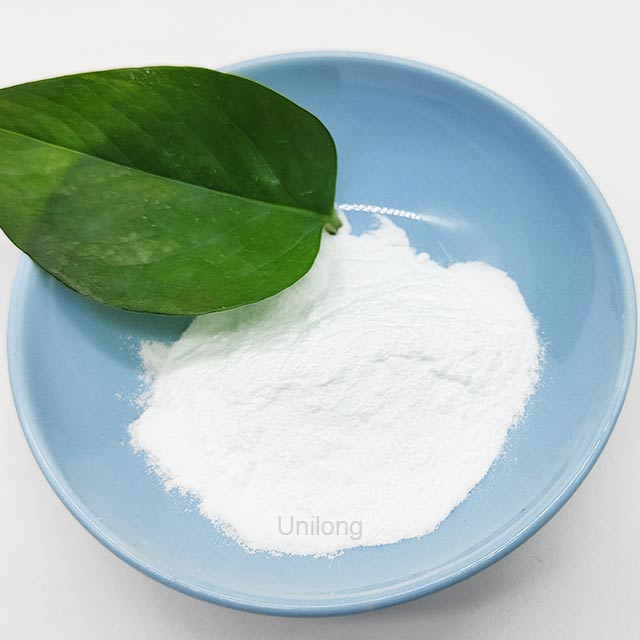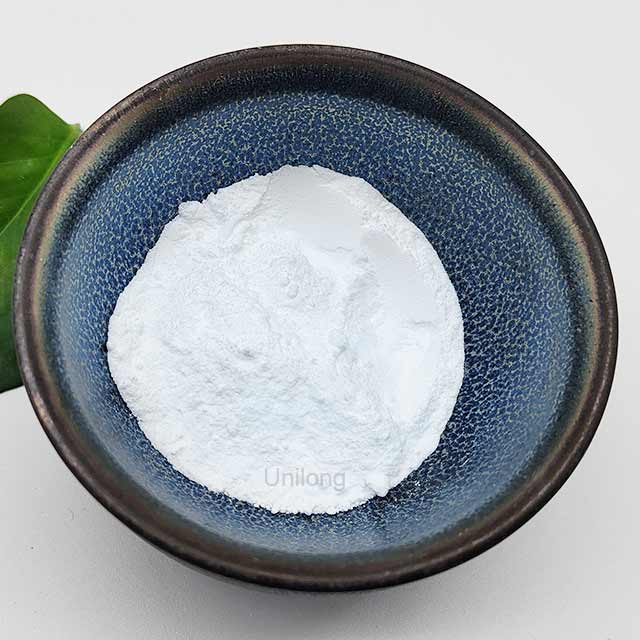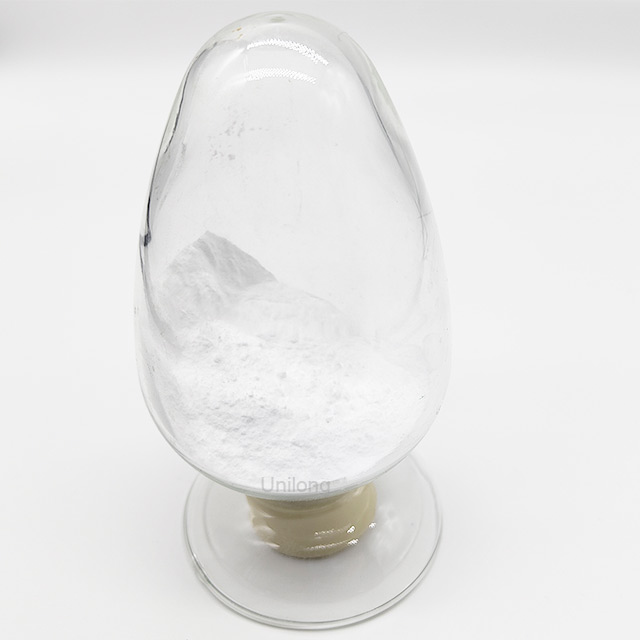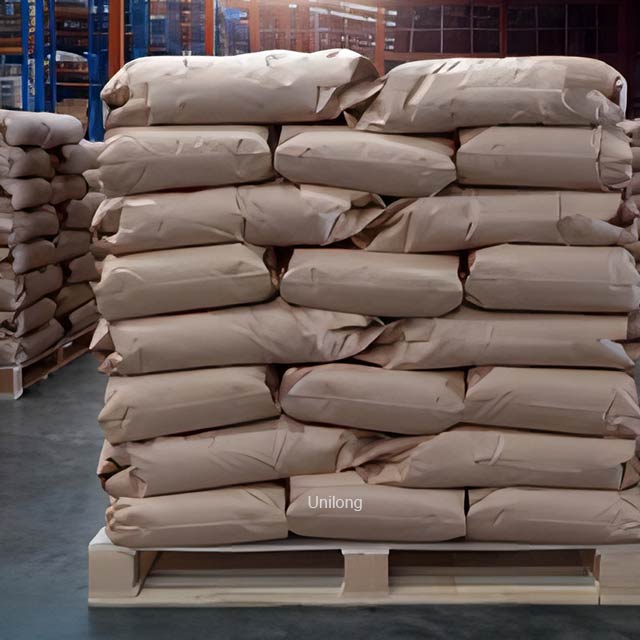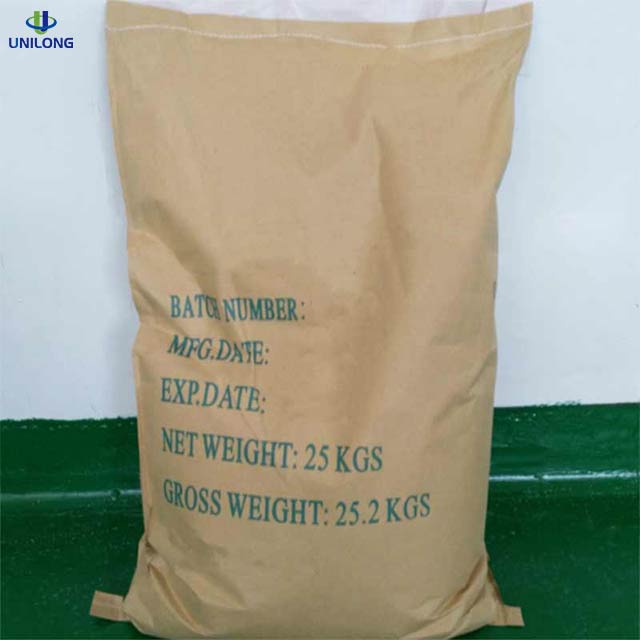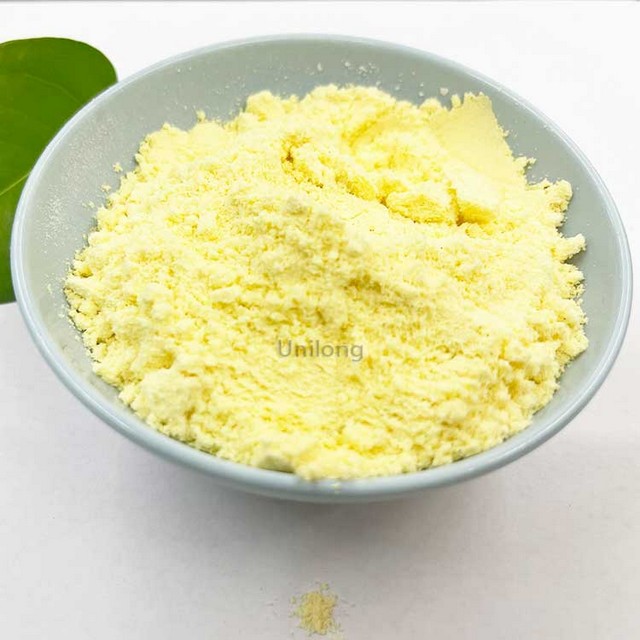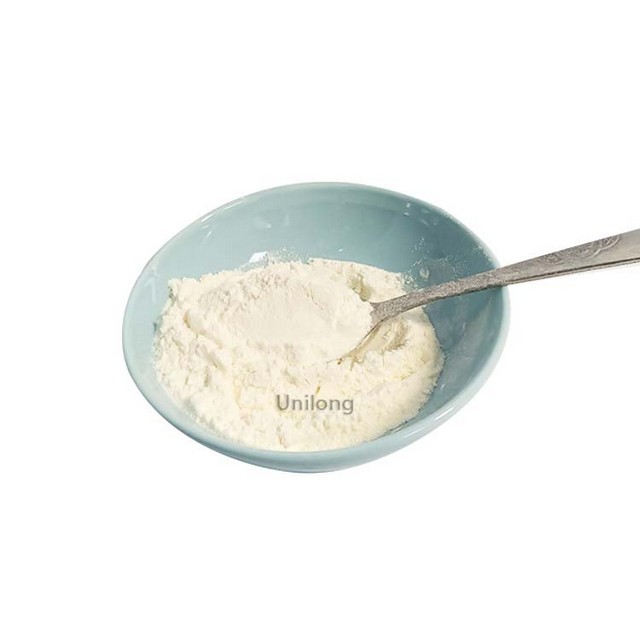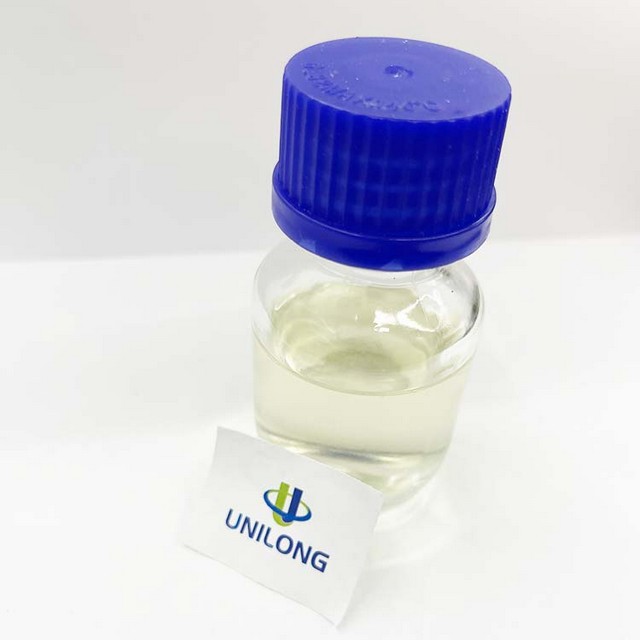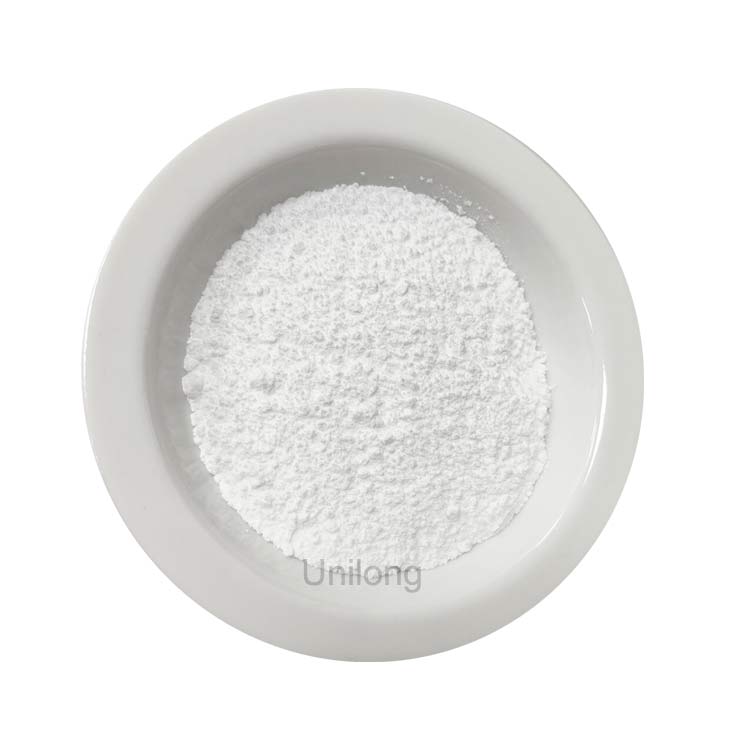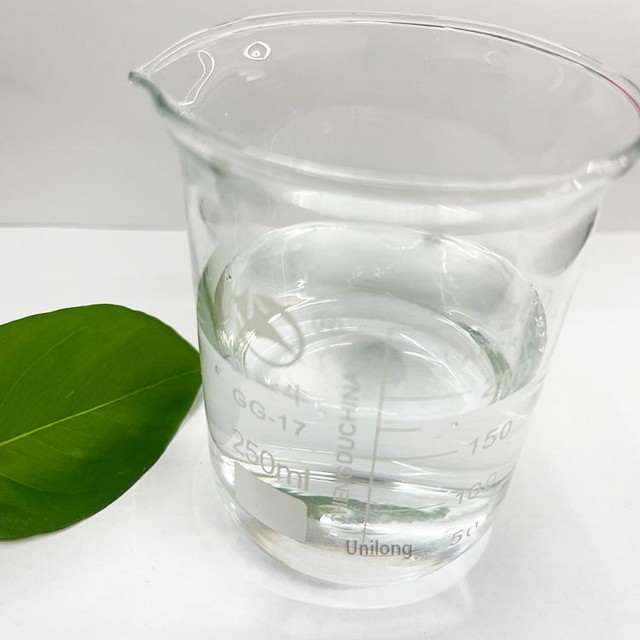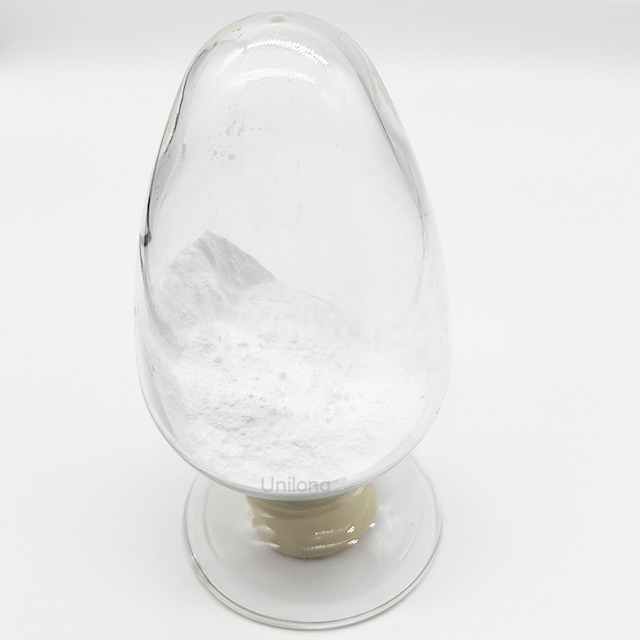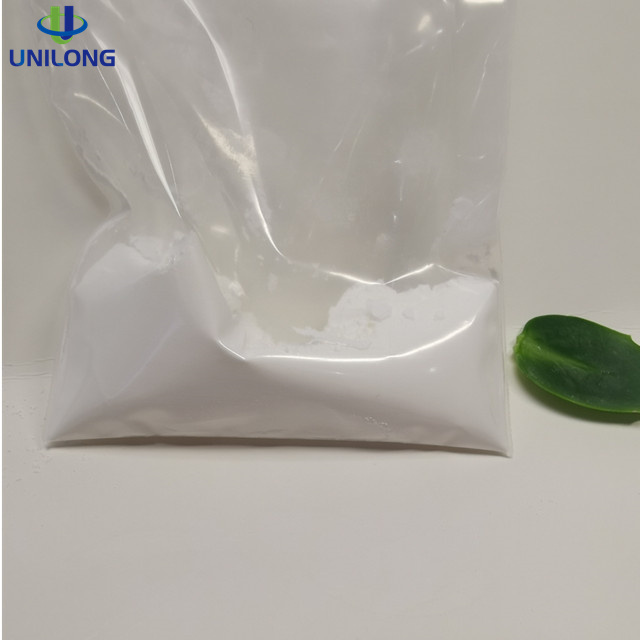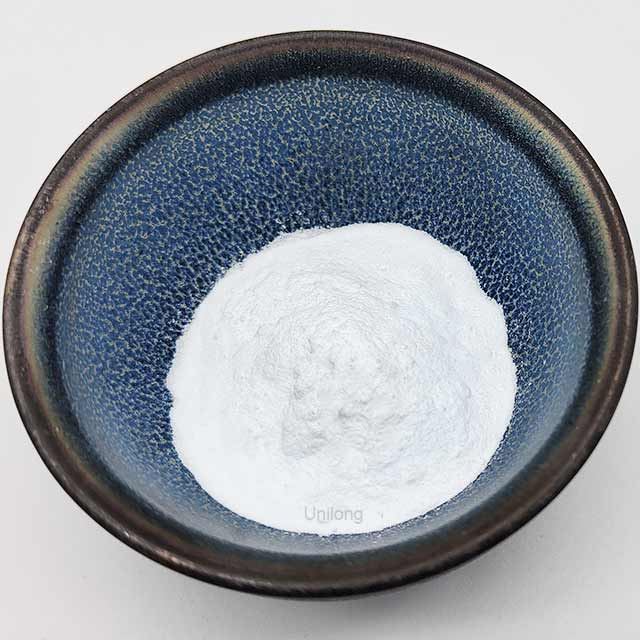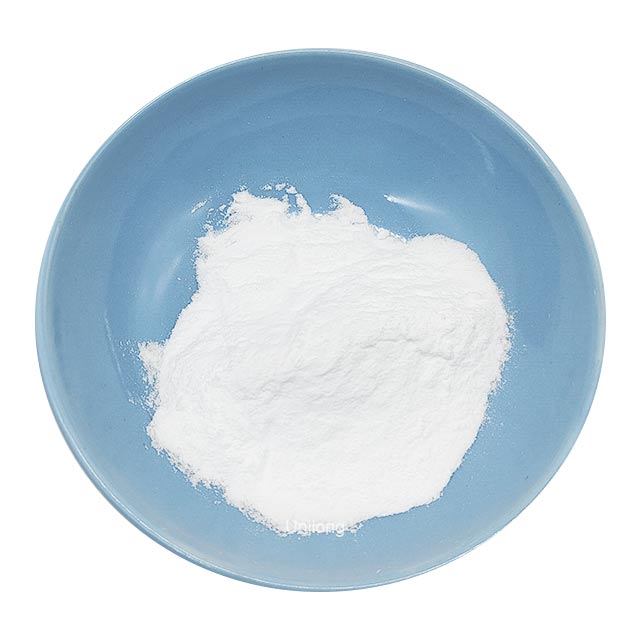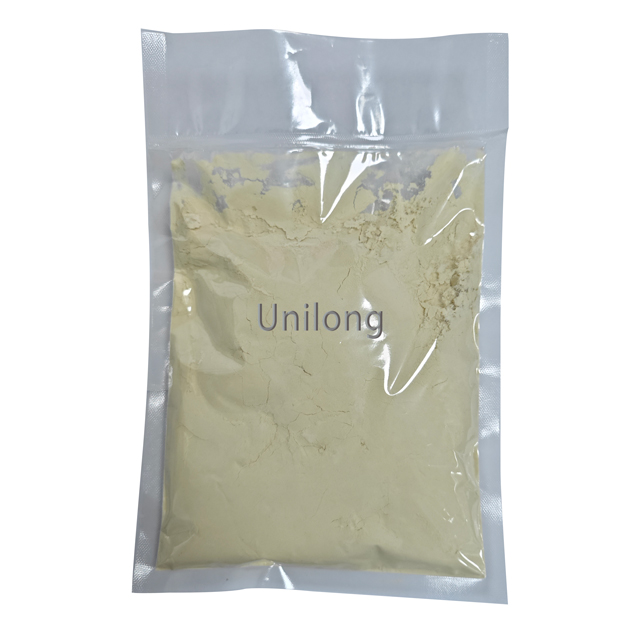What is Sodium polyacrylate CAS 9003-04-7 까?
Sodium polyacrylate is a white powder. Odorless and tasteless. Extremely hygroscopic. A polymer compound having hydrophilic and hydrophobic groups. Slowly soluble in water to form a very viscous transparent liquid, the viscosity of 0.5% solution is about Pa•s, viscous and due to water absorption swelling (such as CMC, sodium alginate) produced, but due to the ionic phenomenon of many anionic groups within the molecule to increase the molecular chain, the performance of viscosity increases and form a highly viscous solution. Its viscosity is about 15-20 times that of CMC and sodium alginate. Heating treatment, neutral salts and organic acids have little effect on its viscosity, while alkaline viscosity increases. Insoluble in organic solvents such as ethanol. Strong heat to 300 degrees does not decompose. Long-lasting viscosity changes very little, not easy to corrupt. Due to the electrolyte, it is susceptible to acid and metal ions, and the viscosity is reduced.
응용 프로그램
(1) Bread, cake, noodles, macaroni, improve raw material utilization, improve taste and flavor. Dosage: 0.05%.
(2) Aquatic products, canned food, dried seaweed, etc., strengthen the organization, maintain fresh taste, enhance the taste.
(3) sauce, tomato sauce, mayonnaise, jam, thin cream, soy sauce, thickening agent and stabilizer.
(4) Fruit juice, wine, etc., dispersant.
(5) Ice cream, caramel sugar, improve taste and stability.
(6) Frozen food, processed aquatic products, surface jelly agent (preservation).
사양
| 항목 |
준 |
| 모 |
Colorless to light yellow
transparent liquid |
| 솔리드 콘텐츠% |
50.0 min |
Free monomer
( CH2=CH-COOH) % |
1.0max |
| pH (as it) |
6.0-8.0 |
| Density (20℃) g/cm3 |
1.20min |
특징
The uses of food-grade sodium polyacrylate are as follows:
1, used as a thickener in food with the following effects:
(1) enhance the protein adhesion in raw flour.
(2) The starch particles are combined with each other and dispersed into the network structure of the protein.
(3) Form a dense dough with a smooth and glossy surface.
(4) The formation of a stable colloidal surface to prevent the leakage of soluble starch.
(5) Strong water retention, so that the moisture is evenly kept in the dough to prevent drying.
(6) Improve the ductility of dough.
(7) The grease in the raw material is steadily dispersed into the dough.
2, as an electrolyte to interact with protein, change protein structure, enhance the viscoelasticity of food, improve tissue.
Packaging


